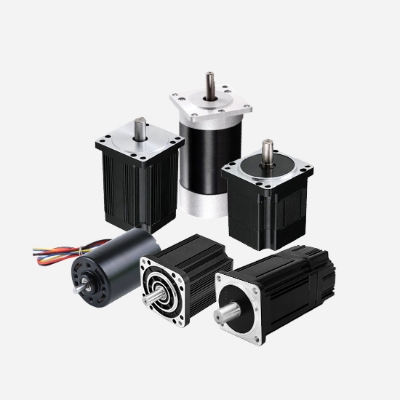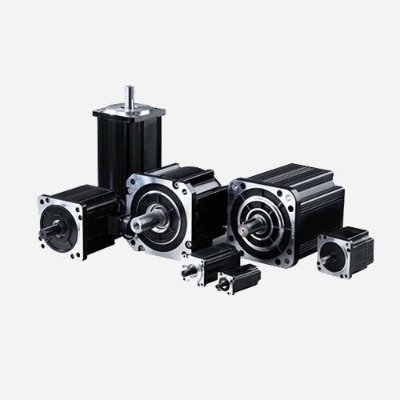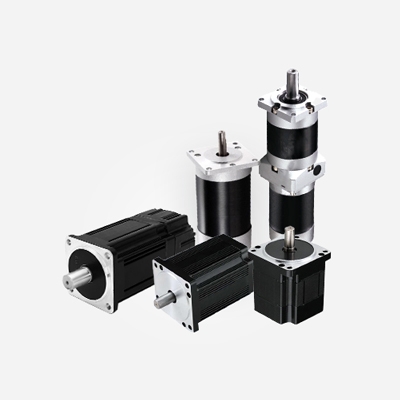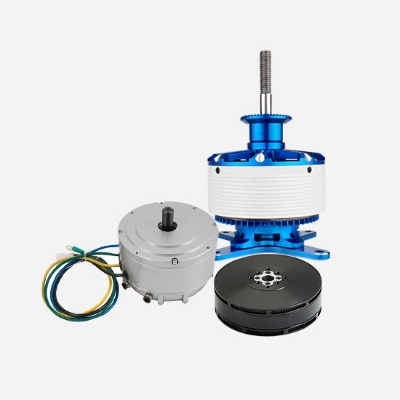Nowadays, many automation equipment manufacturers have begun to pay attention to DC brushless motors and use them to replace previous low-efficiency, noisy, and high-power motors, such as AC induction motors, stepper motors, etc. Everyone wants to know whether the brushless DC motor and the brushed DC motor can rotate when they are energized. the answer is negative. Because the brushless DC motor must be equipped with a corresponding controller (driver) to rotate, which is determined by the structure and principle of the brushless DC motor.
Brushless DC motors replace mechanical commutators with electronic commutators. Because of the electronic commutation, the brushless DC motor needs a driver drive circuit. The commutation circuit of the brushless DC motor consists of two parts, the driving part and the control part. The two parts are not easy to separate. Especially for the low-power brushless motor circuit, the two parts are often integrated into a single application-specific integrated circuit.

The Hall sensor inside the motor will sense the current position of the rotor of the motor, and then determine the order of the power transistors in the inverter according to the windings of the stator. The magnetic field generated by the current flowing through the motor coil interacts with the magnet of the rotor to make the motor rotate.
This simple drive can only guarantee the basic rotation of the DC brushless motor. The brushless DC motor also has other functions such as PWM speed regulation, FG signal output, analog signal speed regulation, external potentiometer speed regulation, open/closed loop control, etc., which require more complex circuits to realize. We integrate multiple functions on one PCB board to achieve control.
The brushless DC motor is a permanent magnet brushless synchronous motor. Its performance parameters, model, power supply voltage, output power, phase angle, presence or absence, photoelectric switch, or self-recognition function must be used in conjunction with the brushless DC motor controller. If you purchased a 48V BLDC motor, a matching 48V brushless motor controller is recommended.
Brushless DC motors do not have brushes and commutators, so to maintain the direction of rotation, an electronic commutator is required. The electronic commutator is controlled by the driver, and the brushless motor controller can also control the start and stop of the motor, forward and reverse rotation, speed, overvoltage, overcurrent, and under voltage protection. If there is no brushless DC motor controller, it will not work to directly power the DC brushless motor.
The above is the whole content of why the brushless DC motor must be equipped with a controller. Brushless.com focuses on the research and production of high-performance and high-quality brushless DC motors and matching controllers, welcome to visit and buy online.




